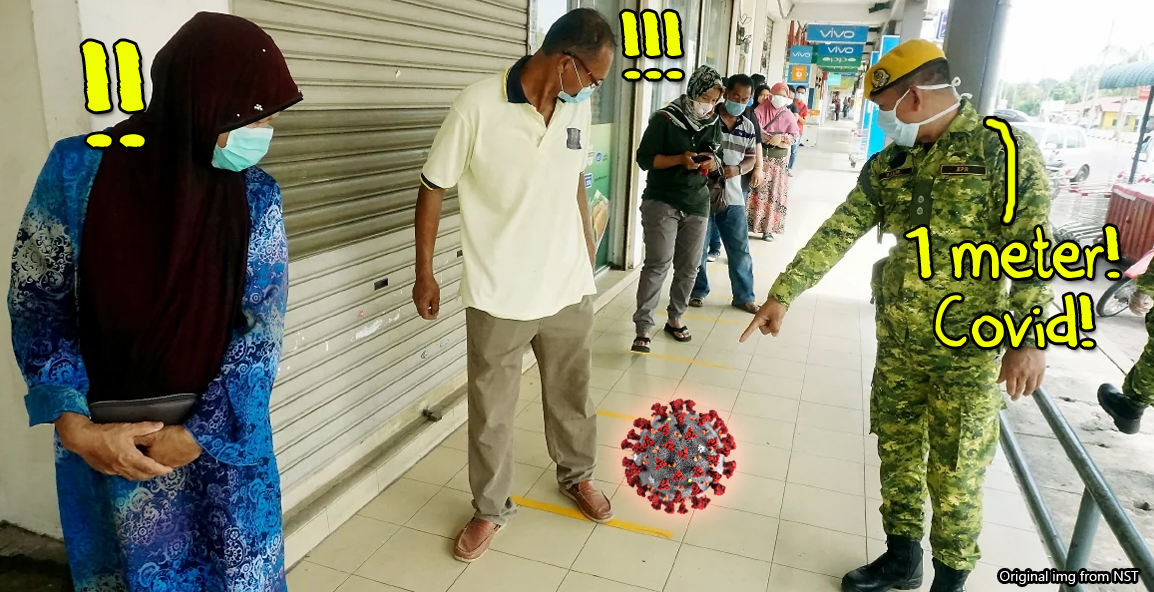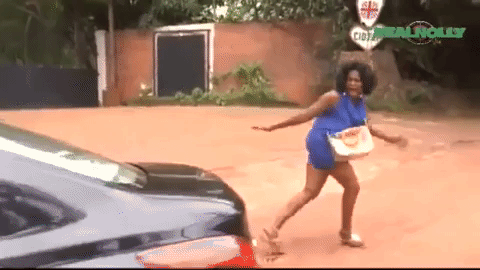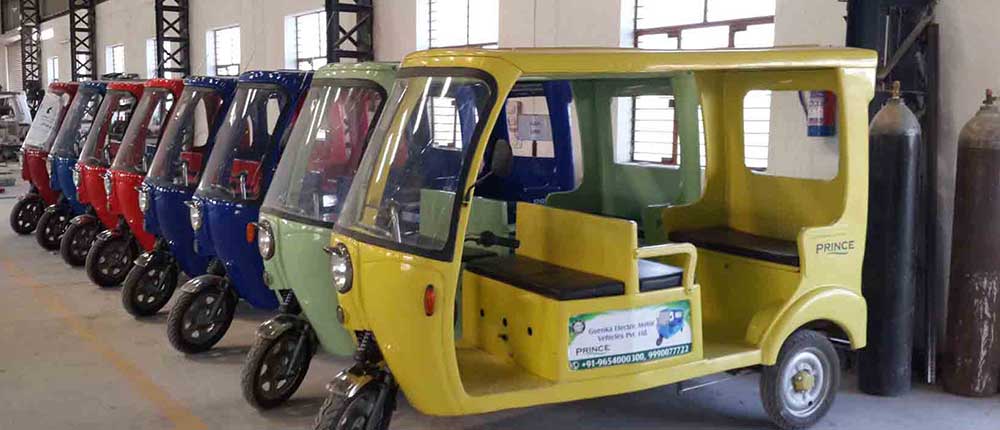Some of our MCO SOPs sound strange, but are they backed by science? We check.

- 184Shares
- Facebook152
- Twitter5
- LinkedIn5
- Email5
- WhatsApp17
Ayiyiyi! You’ve run out of bread! Now you have to journey outside during this pandemic and look for a store. But what’s this?
A strange creature is blocking the road, and to pass, you must answer their cryptic riddle. “Ho, there, marhaen!” it bellowed. “Answer this riddle, lest ye be compounded. What totals 68 during the MCO, 64 during the CMCO, 80 during the RMCO, and 223 during the EMCO?”

No, it’s not a human being. Rather, it’s the number of SOP files put out by the government, as counted by @fxwxb. With the recently announced Full Movement Control Order (FMCO), those numbers just increased even more. That’s a lot of SOPs! However, you might have noticed that some of them seem… less than perfect.

It’s not uncommon for people to complain when the government comes out with SOPs, and even more when those SOPs don’t seem to make any sense. It makes us wonder sometimes: are these SOPs based on any science at all, or have they been drinking weird teh tarik in those government meetings? Are other countries doing the same things as us? Well, today we’ll be looking at some of the questionable SOPs and try to answer these questions, starting with…
1. Limiting operating times for businesses

Ah, yes, the SOP that caused some netizens to ask “Wah, Covid wakes up after 8 pm is it?” According to the FMCO SOPs,
- Various types of markets have different operating times, with most not open after 4 pm
- Petrol stations (except those on the highway) can open from 6 am to 8 pm
- Other essential businesses (including food places) can open from 8 am to 8 pm
Contrary to how weird it sounds, other countries have practiced this as well. Thailand had recently limited the operating hours for various essential establishments in their worst-hit areas, and the Czech Republic did that as well during their lockdown last year, in addition to closing all non-essential stores on Sundays. Singapore didn’t seem to have imposed this restriction so far, but apparently some shops took the initiative during their circuit breaker last year.
So is there a scientific basis for this? As with many Covid SOPs, the opinion is divided on this one. Some scientists believe that it could help by reducing the time available for non-essential contact with other people, which happens outside working hours. Others see the merit in removing the busiest times for businesses like bars and nightclubs, where people are more likely to be careless.

However, as pointed out in the #SiBodohKauDengarSini incident, limiting operating hours can cause congestion, and it can actually hurt anti-pandemic measures. In France earlier this year, it was observed that while an 8 pm curfew helped reduce the spread of the virus, reducing it to 6 pm actually made things worse, believed to be because supermarkets had to handle more people doing their shopping after work in a smaller window of time.
Verdict: May help, but no solid data to support yet. Can backfire if blindly implemented.
2. Social distancing of 1 meter

Recent FMCO SOPs state that license and premise owners (read: shopkeepers and such) need to limit the number of customers in their premises at any given time, and make sure that everyone stays a least 1 meter apart. Another mention to social distancing is when it comes to jogging and exercise outside, at which you should stay 2 to 3 meters away from other people.
Social distancing isn’t really a rare SOP, but the distance varies between countries: recommendations over the past year vary from 1 meter (France, Denmark, China) to 1.5 meters (Germany, Italy, Australia) to around 2 meters (USA, UK).
So is there a scientific basis for this? Seems like the distance is arbitrary, but the 2 meter rule came even before Covid-19, based on studies on how far exhaled water droplets travel. It was found that most visible water droplets settle down at around 1.83 meters. However, those experiments only captured the bigger water droplets, and were done in still air.

Real-life situations are far more complex: newer studies found that with wind and smaller droplet sizes, they can travel even further – a breeze of 4 km/h can carry the droplets all the way to 6 meters. Breathing conditions also play a role: panting, as opposed to normal breathing, is believed to release more droplets and with more force, so the increased social distancing requirements for jogging and exercising makes sense. However, indoor conditions can allow the droplets to stay dangerous longer, so 1 meter in shops is a bit questionable.
But that doesn’t mean that you shouldn’t social distance. Some studies have estimated that the chances of getting infected is considerably lowered with a distance of at least 1 meter, and even lower at 2 meters. The chances drop even further with masks and proper protection, so don’t neglect that as well.
Verdict: Has a scientific basis, but perhaps oversimplified.
3. Limiting the number of people in public transport and taxis

The FMCO SOPs have these to say about public transportation:
- Most sea and land public transportation (e.g. buses, LRTs, ferries) can only operate at 50% capacity
- Taxis and e-hailings can only carry two people (driver and passenger), and passenger must sit at the back
During the recent MCO 3.0, there seemed to be a reduction in the frequency of these services as well.
So do other countries do this as well? As of July last year, they have different approaches. Some, like the UK and Netherlands, have discouraged using public transport unless absolutely necessary, while others like China and Australia reduced the capacity like we did. In Taiwan and South Korea, trains run as usual, but masks were compulsory.
Singapore doesn’t seem to enforce social distancing in trains after the first circuit breaker, but they had advised commuters to wear masks and avoid talking to each other. Recently, they’ve also limited the passengers in taxis and e-hailing to two people, although this restriction doesn’t apply for people from the same household. India recently had done away with passenger limits in most cars and e-rickshaws altogether, but still advised social distancing.

So is there a scientific basis for this? Last month, the reduced capacity and frequency of trains ended up causing congestion at train stations, and social distancing went belly up as a result. So that’s a snafu right there.
Sebab new SOP kat train, sekarang train jadi pack macam sardin balik.
Kelaut social distancing. Cacamerba punya SOP.
Picture : SS story from my friend pic.twitter.com/9bW08aUPLO
— Nizam (@nizamiks) May 25, 2021
The idea behind reduced capacity in public transport is to allow for social distancing, but as we’ve covered in the previous header, various conditions affect the ‘safe’ distance, and droplets seem to circulate further inside closed spaces like trains and cars. So maybe 50% capacity won’t be that reassuring, but at least if an infected person comes on board, the number of potential infectees will be lower.
This SOP probably won’t do much unless combined with the wearing of face masks, frequent cleaning, and increased air ventilation, like circulating outside air inside the LRTs for instance. The same goes for taxis and e-hailing – opening some windows during the drive can reduce the risk even further.
Verdict: Has its merits, as long as other important things like ventilation and masks aren’t neglected.
Well, we only have the space to address three for now, but by now, you might be wondering…
Do we really know what we’re doing?
To be fair, it can be hard to come up with guidelines that can completely protect people against the virus. There’s still a lot that we don’t know about the virus and how it spreads, and the virus is constantly evolving as well. Coming up with enforceable measures that will effectively contain the virus while not completely paralyzing the economy is a delicate balancing act, so is the government up to the task?

Based on what we’ve seen so far, they could’ve done a better job of it. Notwithstanding the announcements that often come at the eleventh hour, the SOPs that are put out are often fraught with problems, even after a year of MCO variations. Many have to be reconsidered once put into practice, like the recent one where supermarkets now no longer have to cordon off their non-essential sections after people questioned the logic behind it.
If one didn’t know any better, one might say that some of these SOPs are implemented just for the sake of implementing, without proper thought of why it’s needed and what their consequences will be. Judging by the snafus that happened down the chain, it seems that we’re all following orders without understanding why, either. For example, late last month KL’s JPJ had offered a 70% discount on summons, but had announced only 50 slots will be available.
While the limited slots seems like an attempt at social distancing, the result was a huge crowd outside the JPJ office that needed police intervention to disperse.
This incident not only highlights the lack of foresight by some government bodies, but of the rakyat as well. As evident from the need for the police to intervene, some of us seem to only follow the SOPs to avoid compounds, instead of as a preventive measure against the virus. More needs to be done to educate people who flaunt sensible SOPs on why they’re there, and how breaking those SOPs endangers the people close to them.
Until both sides can take the SOPs more seriously, we’ll continue in this endless cycle of half-hearted lockdowns. Well, until everyone’s vaccinated, at least. Until that happens, be responsible, even if the SOPs didn’t tell you to: wash your hands, wear your masks, stay away from crowded places, and practice social distancing.
- 184Shares
- Facebook152
- Twitter5
- LinkedIn5
- Email5
- WhatsApp17
